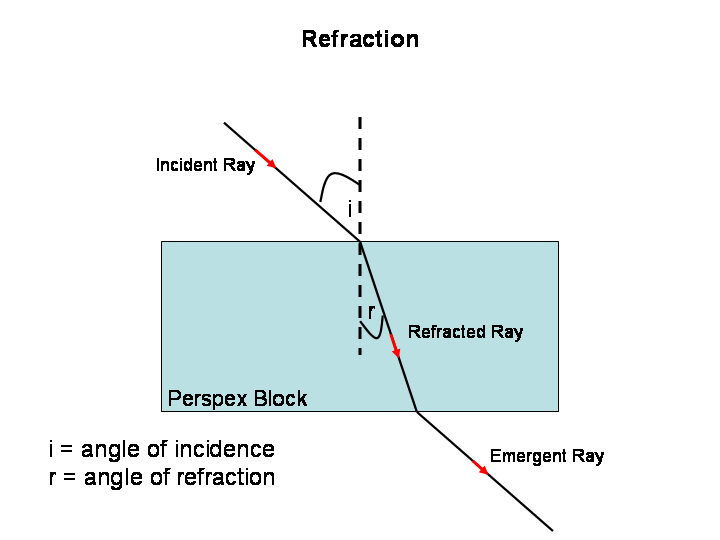Do you know one wave from another?
Waves Quiz
Good Luck!
What is the Difference between Transverse and Longitudinal Waves?
All waves transfer energy over distance, but they do this through different means. To understand the difference between transverse and longitudinal waves it is best to first understand the ways that we describe waves.
First, we have wave frequency which is the number of waves passing over a point each second and this is measured in hertz. We are most familiar with this concept as producing differing pitches in sound waves.
The period of a wave is the time it takes one wave to pass a given point or the time taken for a full oscillation. Wavelength is a similar concept but it measures the distance covered by a full oscillation. Then we have the amplitude of waves which is the maximum displacement from the central point of the wave or the rest position in metres.
Finally, we have the velocity of waves which is the speed and direction of the waves, this is important for understanding the refraction of electromagnetic radiation.
Now we are ready to look at the difference between transverse and longitudinal waves.

The traditional type of waves which we are all familiar with are transverse waves, these include waves in the ocean and electromagnetic waves as well as seismic S waves. Another useful example is the Mexican wave at a sports stadium. These waves move up and down and the particles move at right angles or perpendicular to the direction of wave travel.
Longitudinal waves are a little bit different and some good examples of these are sound waves, ultrasound waves and seismic P waves. It is easy to see how we are less familiar with these waves as we can’t see them in action!
Longitudinal waves transfer energy but the particles go through a stretching and compressing motion as a spring does. The vibrations are therefore parallel to the wave direction and the areas of high-density are called compressions and the low-density areas are called rarefactions.
Now let’s talk about refraction!
What is Refraction?
Refraction is an observed change in the direction of light waves after entering a denser medium. What this means is that light bends when entering something thicker, for example, when moving from air to glass or water. Refraction also occurs when moving from a dense medium such as water to a less dense medium like the air.
The amount of refraction depends on the angle of entry into glass or water from the air. If you look at the first diagram, you will see a dashed line which goes straight down, perpendicular (at right angles) to the perspex block (clear plastic). This line is called the normal line and shows where there would be no refraction if light entered at that angle.
Following the path of the light which is called the incident ray, it will enter the block at a certain angle, known as the angle of incidence. The ray will be refracted, changing direction with an amount dependent on the angle of incidence as well as change in speed. This causes a shift towards the normal line (see the diagram). The amount of refraction is called the angle of refraction. Upon exiting the block the opposite will occur and the emergent ray will be parallel to the direction of the incident ray.

Why does Refraction Happen?
Refraction happens because of the difference in wave speed between the more and less dense substances that light travels through. The speed of light is constant at 299 792 458 m/s, but only in a vacuum which is an area where there is no air, like in space. Light travels more slowly in denser mediums (e.g. glass and water) than it does in a vacuum.
If you look at the second diagram, you will see waves entering the water from the air and being refracted. Here the waves are visualised as lines and you can see that one part of a wave enters the water before another. Since the part of the wave that enters the water first is slowed before the other part of the wave, there is a speed difference.
This difference in speed will cause the wave to refract towards the slower-moving part of the wave. This is what you would expect in a variety of real-life scenarios. For example, if you are on a kayak and you are rowing harder on one side, you will turn in the opposite direction. Another example is if two runners were connected by a rope between their waists, if one runner was running more slowly, they would drag the faster runner towards their direction of travel.
These examples are not truly an accurate description of what is happening, but it is extremely complicated and the mechanics of refraction are beyond GCSE-level physics. If you really want to know what’s happening, this article explains the phenomenon of refraction in much more detail.

If you found this waves quiz interesting consider taking our Electromagnetic Spectrum Quiz or maybe the quiz on Dangers of the Electromagnetic Spectrum. Alternatively, you can reach out and see how we can help you with physics.
